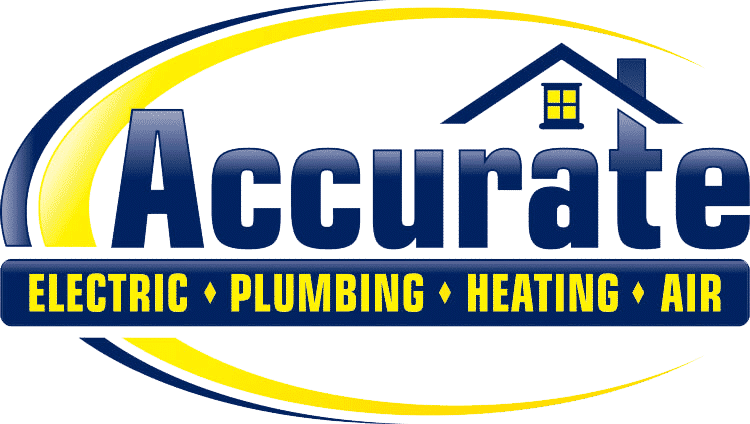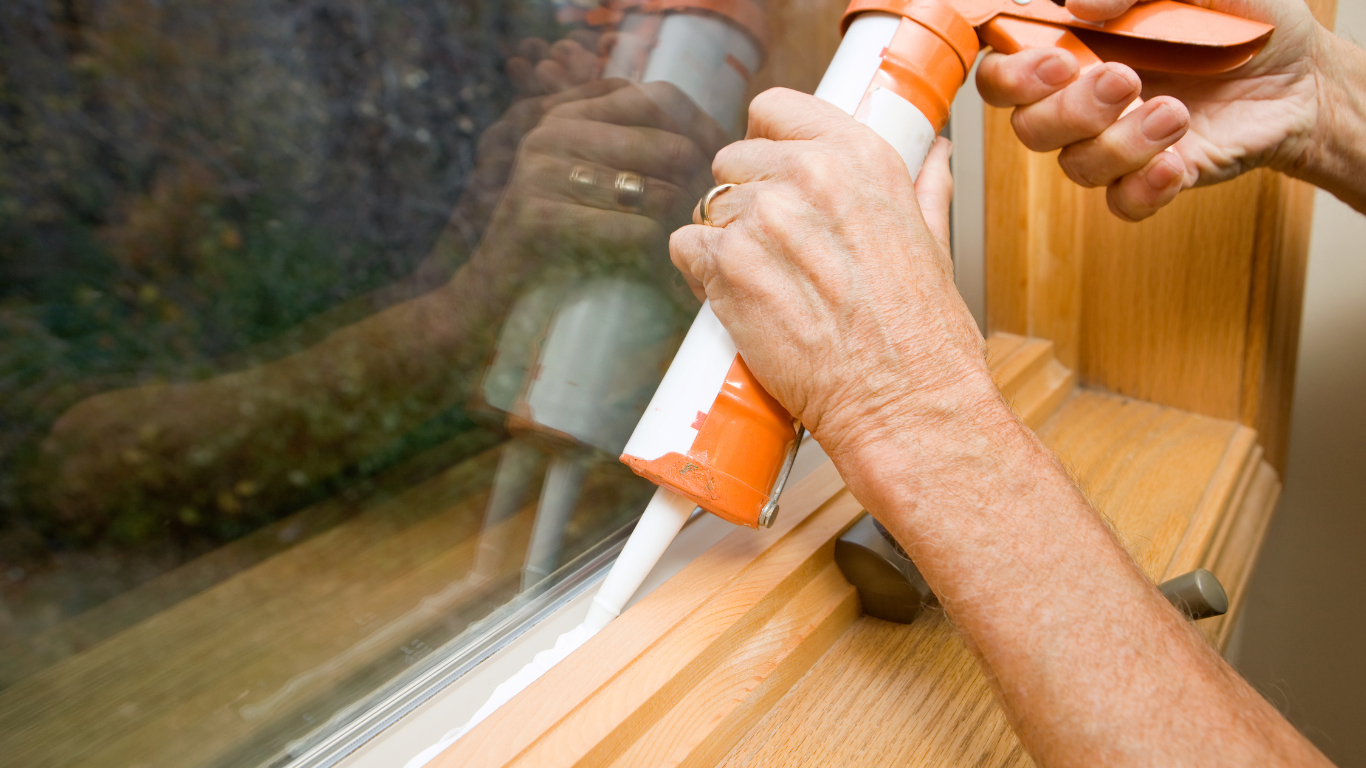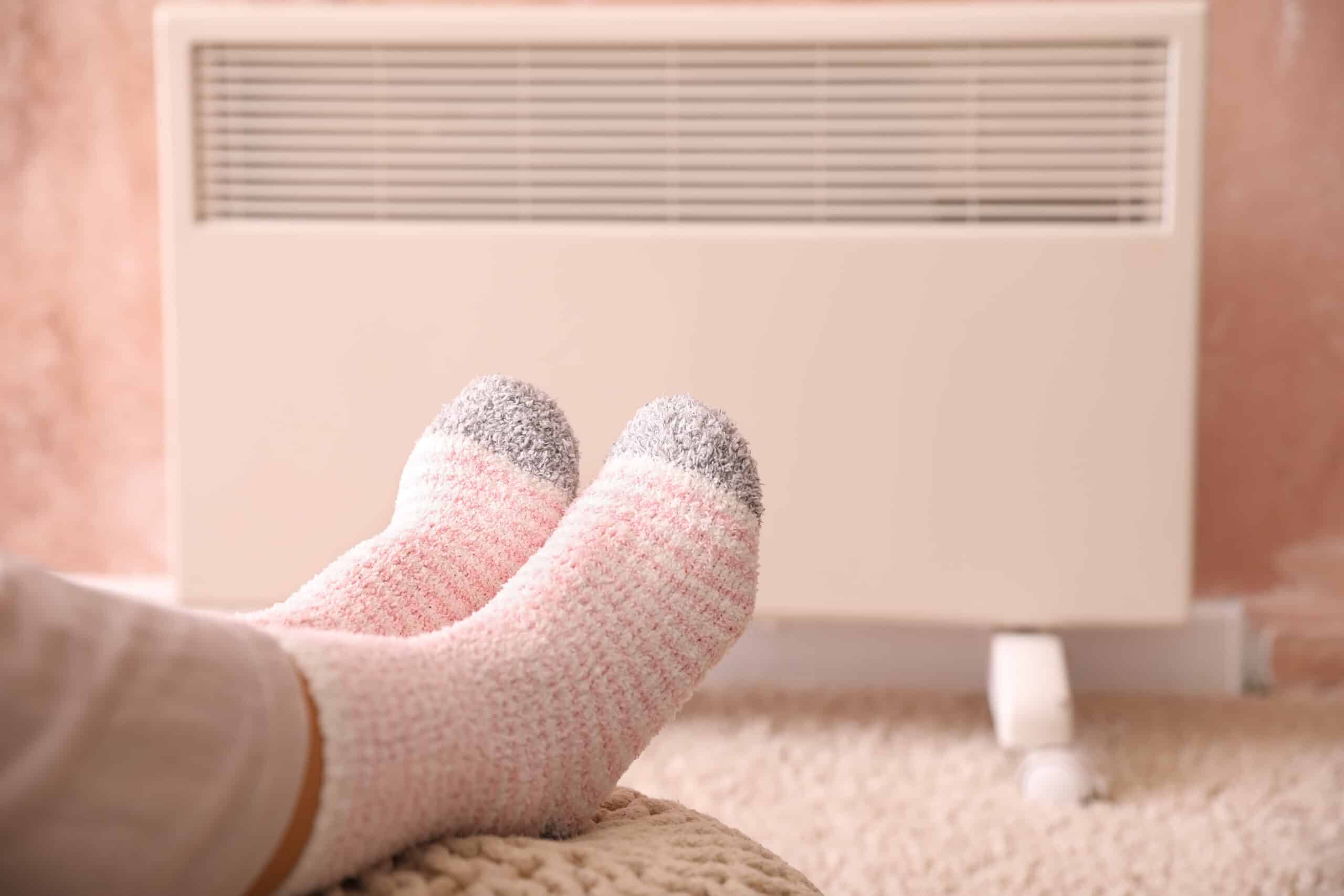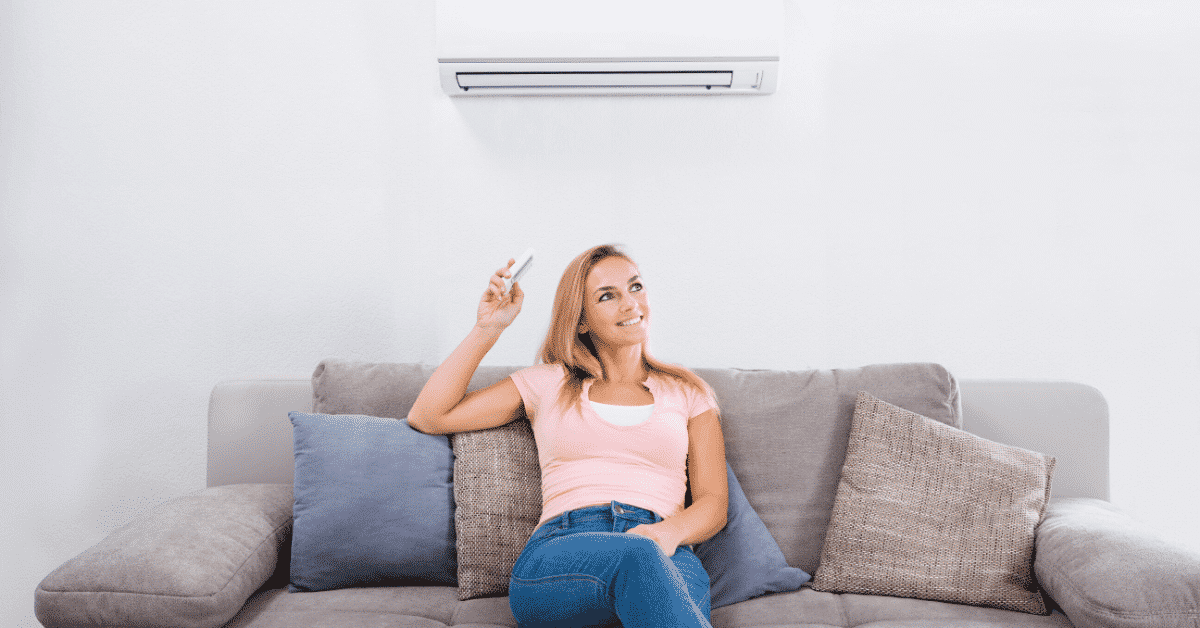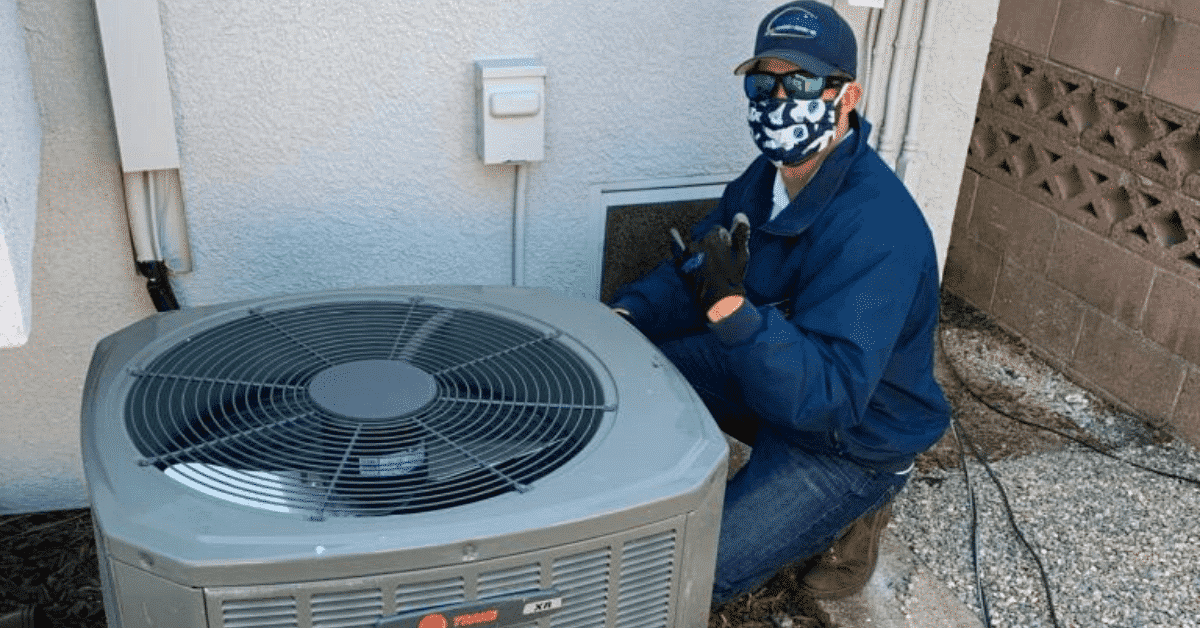Owning a home has its benefits such as the investment aspect, tax deductions and equity. Homeowners can get the most from their investment by knowing how to perform a few household basics. Here are 8 tips to know:
1. Install Weatherstripping – Save on utility bills and keep small pests outside where they belong. Seal cracks and air leaks with weatherstripping making doors and windows air-tight. The Environmental Protection Agency says, “air-sealing your home can save you about 15% on heating and cooling costs.”
2. Caulk Cracks and Gaps – For the cracks and gaps too small for weatherstripping, caulk is the best choice for getting your home air-tight. Cracks around window frames, doors, outlets, baseboards, wires, pipes, and the foundation can all be caulked/sealed with the right type of caulk for the job.
3. Clean High Efficiency Washing Machines – Set your washer on the regular wash cycle, hot water, and pour bleach where you would normally pour the soap. When the cycle is done, wipe the front door and gasket and leave it open to dry. When you smell musty odors or mildew, repeat these simple steps.
4. Change the Air Filters on Your HVAC System – Remember to check your HVAC filters monthly and change them every quarter. Dirty filters lead to poor air quality, breathing issues, and reduce your system’s lifespan. Swap out disposable filters or wash reusable ones as instructed for efficient operation. Keep your home and family healthy!
5. Air Conditioner – HVAC systems do endure wear and tear, so having a service/maintenance twice a year is optimal. The certified technicians perform various services to make sure parts are lubricated, cleaned, checked for loose parts and any cracks/leaks detected. Identifying problems early on means you’ll enjoy your air quality and comfort. Keeping up with regular maintenance means the life span of your system won’t be cut short and will run optimally as it was designed to do.
6. Set the Thermostat Properly – The U.S. Department of Energy recommends a thermostat setting of 68 in winter and 78 in summer (optimal efficiency). Consider this recommendation when setting your thermostat. If you’re away for a period of time, adjust your temps to save energy (not above 80 for AC; this may cause mold in warmer climates). Allowing the AC run even when away keeps the humidity out.
7. Test GFCIs – Ground fault circuit interrupters (GFCIs) detect electrical current disturbances and cut off power. GFCIs are found in water-prone areas like bathrooms, kitchens, etc., they have two buttons: reset and test. To test, plug in a lamp or indicator-equipped appliance, press Test (lamp should turn off), then press Reset (lamp should turn on). If this doesn’t happen as described, the GFCI is faulty. Regularly check GFCIs to ensure proper functionality and safety.
8. Main Water Shut-off Valve – Know where your main shut-off valve for the water is located. It’s the first step in case of an emergency and the first question a plumber will ask. Knowing its location beforehand eliminates panic during a leak or flood situation. Don’t add unnecessary stress—be proactive and find your shut-off valve in advance.
Homeownership requires regular maintenance for all major systems, including electrical and plumbing. Our skilled technicians can handle it all, ensuring your comfort and protecting your investment. Let us assist you in caring for your home and well-being.
